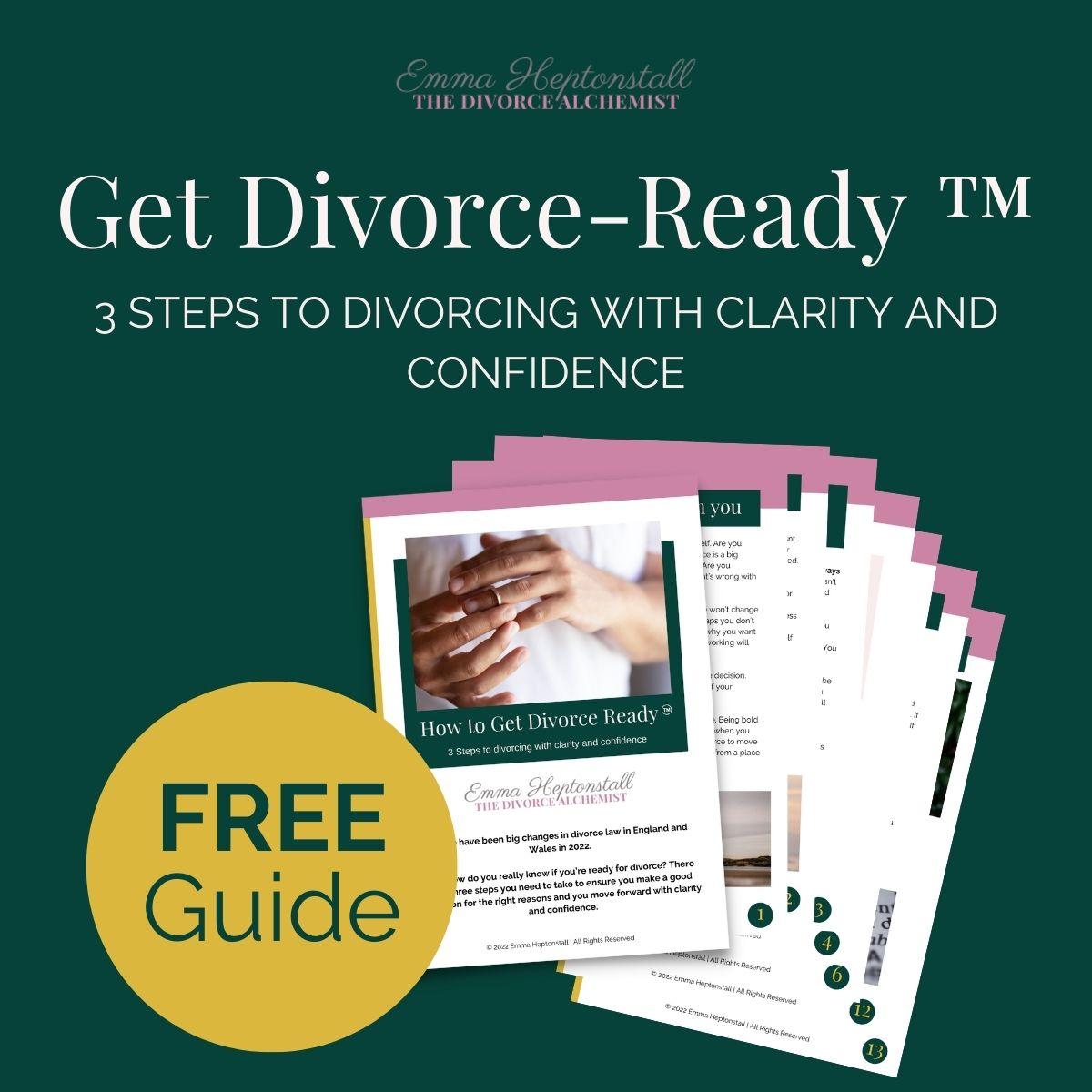Children and divorce – Should you try nesting?
What is nesting?
Have you heard of nesting in in relation to divorce? Perhaps not. In Children and divorce – Should you try nesting? We look at what nesting is, and how you might choose to use it in your divorce.
Nesting is a style of co-parenting where when the parents are living separately, the children stay in the family home and the parents take it in turns to share the home with the children rather than the children going to spend time in another house. This means that children don’t have a second ‘home’ bedroom or two sets of clothes.
Nesting: the pros
The biggest advantage of nesting is that is reduces disruption for the children. They don’t have two houses, two sets of clothes, two beds, different routes to school or confusion as they adapt to knowing which house they are in on a Wednesday night.
Nesting can smooth everyone’s path into separation and divorce. Yes, there’s some upheaval as mum and dad no longer live together, but home is still home. This can help strengthen the bond between children and parents as everyone navigates the changes divorce brings.
On a practical level, nesting can also save money. Rather than both parents having to finance properties big enough to house the children, separated parents can share the costs of the marital home and a solo pad.
Benefits:
Nesting can save money because it means the partner who has left doesn’t need a place suitable for children – that could mean a flat share, bedsit or moving back to parents to save money.
Stability and certainty for children – no upheavals.
Nesting can help the bond between the non-resident parent and children.
Can work if a parent is often away from home de to business trips.
Nesting: the cons
Nesting isn’t as easy as it sounds.
When parents decide to separate, one or both move out of the marital home. The children tend to split their time between households. This practical shift can be ‘cleaner’ for everyone involved. For both parents and children it’s a clear indicator that the marriage is over and it’s time to look ahead to the next phase of life. That may mean it’s easier for children to process their feelings about their parents’ separation.
The clean break applies to finances too. Usually when you divorce you both do a full financial inventory, financial support and other terms may be agreed, but clear lines are drawn.
That won’t be the case when nesting. You may still share responsibility for bills, repairs and other house-related decisions, such as if you want to renovate or extend. You are keeping the potential for financial arguments alive and kicking.
Think about you emotional health too. Nesting means the parent who is no longer in the family home returning frequently. Will your ex use the same bed you use? What happens if they, or you, find a new partner? How will you negotiate issues around privacy when your ex has full run of the house?
How will you feel if that’s you? Will it support you moving forward?
If you’re in a high-conflict situation, be mindful of how nesting might be used to further control and abuse you.
A short-term solution for a longer-term issue
Nesting isn’t a long term solution for most families but it can work in the short term particularly before arrangements have been agreed for the children or before a financial settlement.
Have an exit strategy. If the FMH (former matrimonial home) is going to be sold ensure that the children are adequately prepared and they understand that they will have a two new homes in due course.
Be aware that long term nesting can cause resentment particularly if the non-resident partner’s own living conditions are less than they need.
Nesting can delay the grieving process in both adults and children. It can lead to confusion for some children who see the non-residents presence in the home as a sign that the separation isn’t permanent. This can be true for adults too so it’s important to examine and keep examining your motivations for nesting.
Physical separation and new homes allow both children and adults to process the sadness of the end of a relationship.
It can impact future relationships. Will your new partner want your stbxh sleeping in your bed/home? Would you want your new partner to sleep at his stbxw home/bed?
Separated with children? Is nesting for you?
If you have children of course you’re worried about them as you divorce. Here’s the good news: if you’re in an unhappy marriage your children will be emotionally better off if you separate and divorce.
The old story of ‘staying together for the kids’ being the right thing to do is just that – a myth. Even Elton John agrees. In a recent interview he shares how ‘I got the feeling they were staying together because of me, which just made things more miserable.’
The golden rule is make any decisions about your children with them as the priority. Don’t let them become a focus for power struggles or petty point scoring.
And that’s why some people consider nesting. It’s not for everyone. Is it for you?
Children and divorce – Should you try nesting?
For the majority of parents, nesting is too financially, practically and emotionally confusing to work in the long term. But it can be a helpful short term solution, and can mean that neither of you are forced into major decisions (such as buying a new family home) at speed. If you decide to give it a go, be clear about your expectations. Be clear about how you expect the family home to be used. If you can’t agree, consider whether nesting really is for you. Agree to review your agreement at regular intervals – checking in that it’s still working for you and the children.
Your nesting plan
If you do decide to try nesting in the short term, make sure you have ground rules, boundaries and an exit plan. Clear communication is absolutely critical. You, your ex and your children all need to understand what’s happening, and, crucially, that it doesn’t mean you will be getting back together.
You don’t need to navigate all the decisions that come with parenting and divorce alone. I can help you untangle what’s going on in your head, help you develop strategies for talking to your ex and children, and make the practical decisions that set you up for a healthy and happy life after divorce.
Divorce doesn’t have to feel desperate or miserable. It can be such a positive move for you and your children. Book in a call and let me help you move forward.
The Divorce Alchemist
Emma Heptonstall, the Divorce Alchemist is author of the Amazon best selling book How to be a Lady Who Leaves, the Ultimate Guide to Getting Divorce Ready. A former lawyer, Emma is a practising family mediator and founder of Get Divorce Ready the online self study and group programmes. Emma has been featured on BBC Radio, The Telegraph, the iPaper and in Marie Claire Magazine. To find out more visit www.emmaheptonstall.com





0 Comments